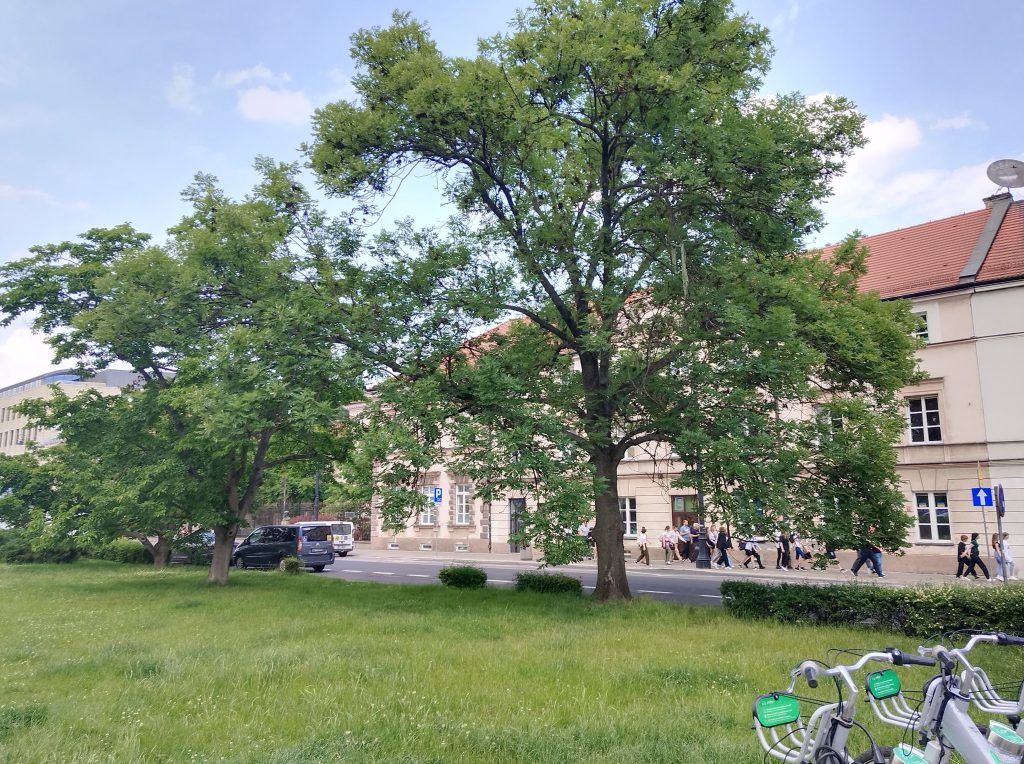Jak zieleń miejska wpływa na nasze miasta? Nowe badanie na przykładzie Poznania

Czy zieleń w miastach może skutecznie redukować hałas, filtrować zanieczyszczenia i obniżać temperaturę? Nowe badanie przeprowadzone na przykładzie Poznania pokazuje, że odpowiedź brzmi „tak” – ale aby wyrównać możliwe kompromisy między tymi usługami ekosystemowymi, należy je analizować łącznie, biorąc pod uwagę zarówno ich podaż, jak i popyt. Umożliwia to kompleksowe zrozumienie funkcji ekosystemu i tego, jak jego usługi są postrzegane i cenione przez społeczeństwo. Zachęcamy do lektury świeżo opublikowanego artykułu w czasopiśmie Ecosystem Services.
Łowicki, D., Fornal-Pieniak, B. & Schwerk, A. (2025): Urban greenery services for noise attenuation, pollutant filtration, and temperature lowering: Supply potential, demand, and budgets in Poznań, Poland. Ecosyst. Serv. 73, 101713.
https://doi.org/10.1016/j.ecoser.2025.101713
Abstrakt
This study aims to assess the spatial distribution of various types of urban greenery on the example of Poznań city (Poland), considering their potential to supply ecosystem services (ESs) and the demand for these services. Three ESs were assessed: noise attenuation, pollutant filtration, and temperature lowering. By determining both individual services and a bundle of them and considering biophysical and social demand, this study facilitates the integration of ESs in landscape planning and management. This study calculates a budget—the ratio of the supply potential and demand—to identify areas with the greatest need for ESs and gives clear advice to decision-makers. As expected, the results show that the analysis of individual ES generates different results, which suggests that they should be analysed in bundles. Although significant overlap was found between the potential to supply different services, the biophysical and social demands were much more diverse. The final budget showed a correlation between the need to create urban greenery and population and location relative to the city centre. The highest relationship was observed for noise attenuation, while the smallest was in the case of pollutant filtration. Although many studies show the effectiveness of urban greenery in increasing the level of ES and avoiding environmental problems in cities, only a few studies show how to select locations for activities, considering the present state as well as human and ecological needs. The clue of the presented approach is the mapping of structure–process relationships, which may easily translate into planning practice.